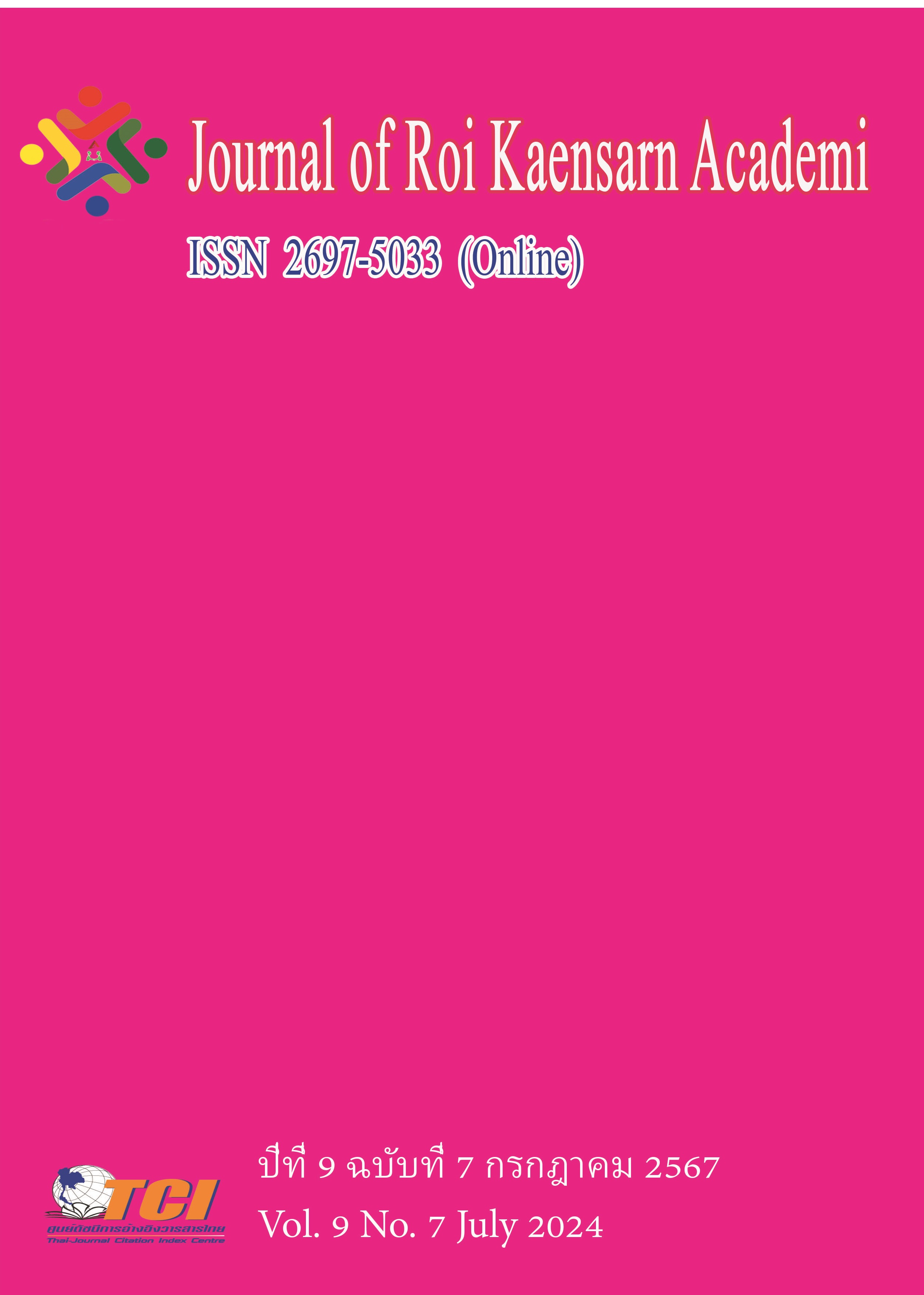Reshaping the Art Ecosystem: A Case Study on Art Space Emergence in Bangkok
Main Article Content
บทคัดย่อ
This academic article has reflected the observation on the alluring topic of the Art Ecosystem in Thai Contemporary Art scene since the COVID-19 outbreak. The topic was publicly stated in Bangkok Art Biennale 2020 (BAB 2020) Symposium resulting in awakening many nonprofit and profit sectors to take responsibility without thoroughly identifying what is the art ecosystem, who is in and how it affects the individuals. Moreover, there is the drastic emergence of art spaces and art activities in Thailand which many people assume as the growth in the art market. However, this could also be considered as fluctuations of growth if the art activities are initiated from commercial spaces rather than nonprofit spaces. Therefore, this article aims to study on the background of the art ecosystem and to study on how to sustain at the equilibrium which will enhance the healthy condition of the art ecosystem especially in Bangkok. Through texts review, interview and observation, this paper advocates for pioneering model of ‘SMSs’ or Small and Medium Art Spaces for all individuals in the art ecosystem.
Article Details
เอกสารอ้างอิง
Bailey, Jackie. (2016, March 29). Why it is good idea to talk about ‘ecologies’ rather than ‘economies’ when we talk about the art. Online. Retrieved March 4, 2024, from https://www.bypgroup.com/blog/tag/arts+ecology#:~:text=The%20ecology%20concept%20allows%20us,the%20fruits%20of%20human%20creativity
Chaiyong, Suwitcha. (2023, June21). A Cultural Landmark. Online. Retrieved April 8, 2024, from bangkokpost.com/life/arts-and-entertainment/2596311/a-cultural-landmark
Findlay, Michael. (2016). Art and Development a Sustainable Ecosystem. Online. Retrieved March 4, 2023, from https://coleccion.caixaforum.org/documents/10180/2956404/02-Michael-Findlay-art-and-developement-a-sustainable-ecosystem.pdf/c0e21706-7223-530d-9ab3-ffdddc5c4bd8?t=1516181556000
Fongsmut, Ark. (2022). Contemporary Art Project Initiative to Support Artist Career and Sustain Cultural Continuity. Journal of Urban Culture Research 24, 235-247. Retrieved May 9, 2023, from so04.tci-thaijo.org/index.php/JUCR/article/view/259471/175658
Gellatly, Kelly. (2023, December). Why university art museums play a vital role. Online. Retrieved May 8, 2024, from https://www.artshub.com.au/news/opinions-analysis /why-university-art-museums-play-a-vital-role-2687972/
Holden, John. (2015). The Ecology of Culture. Research Report. Wiltshire: Arts and Humanities Research Council.
Jung, Yuha. (2011). The Art Museum Ecosystem: A New Alternative Model. Museum Management and Curatorship 26 (4), 321-338. Retrieved February 14, 2023, from file:///C:/Users/ADMIN/Downloads/Theartmuseumecosystem%20(2).pdf
Markusen, Ann. (2011). California’s Arts and Cultural Ecology. Research Report. The James Irvine Foundation.
Moore, Kevin. (2002). Museum Management. London: Routledge.
Oupkum, Anothai. (2014). The Role and Influence of Project 304, An Alternative Space in Thai Contemporary Art. Master of Fine Arts Thesis, Silpakorn University.
Samudavanija, Chai-Anan. (2014). The Law of Slowness. Bangkok: Institute of Public Policy Studies.
Steward, Julian. (2006). The Concept and Method of Cultural Ecology. In N. Haenn & Richard R. Wilk (Eds.), The Environment in Anthropology A Reader in Ecology, Culture, and Sustainable Living (pp. 5-9). New York: New York University Press.
Yan, Chu. (2014). Sustaining Art Ecosystem: Social Diversity and NGO-Government Cooperation in Song Zhuang Art Village. Master of Science Thesis, Columbia University. Retrieved February 14, 2024, from file:///C:/Users/ADMIN/Downloads/ ChuYan_GSAPPUP_2014_Thesis%20(11).pdf

